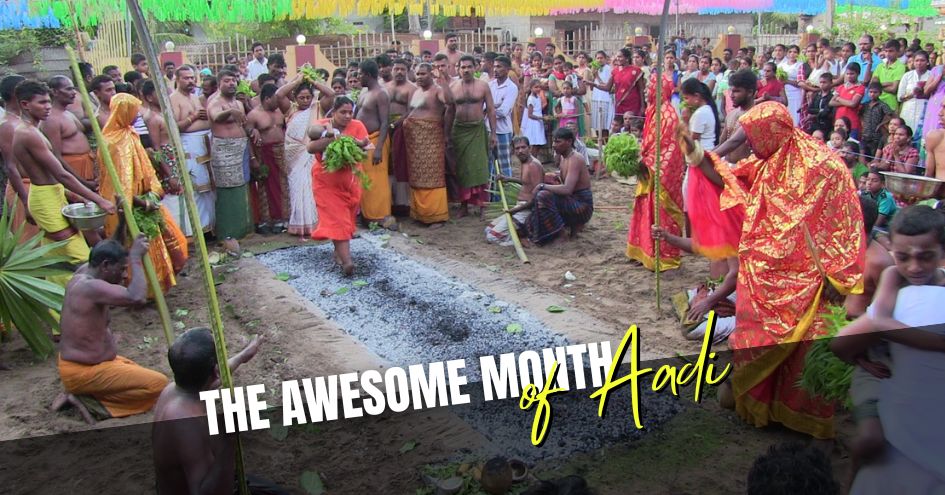
The people of Tamil Nadu are traditional and follow their unique Tamil calendar for festivals and special occasions. Their calendar is lunisolar —meaning they calculate dates based on the sun and the moon cycles. The Tamil calendar, like the Gregorian calendar, consists of twelve months, with each month having its own significance in Tamil tradition, culture, and celebrations.
The Tamil New Year commences with the first month - Chitirai, which falls in mid-April. The fourth month in the Tamil Calendar is Aadi ( from mid-July). Aadi is characterised by strong winds. During this month, Dakshinayana (Nighttime for the Devas) begins. Throughout the Aadi month, marriages are avoided, people stay away from new ventures and newlyweds are separated. Does that mean Aadi is not an auspicious month?
In fact, Aadi month is significant for a variety of reasons. This is a month dedicated to prayers and worship.
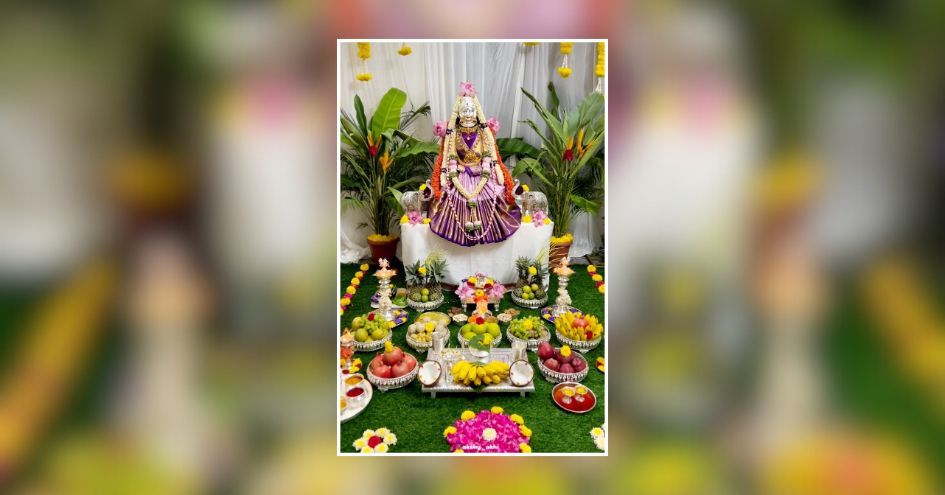
Aadi Pirapu
The first day in the month of Aadi is celebrated as Aadi Pirappu. It is considered an auspicious month for the farmers. The rains are the backbone of the agricultural communities and Aadi is the month of the wind and rain. Farmers believe that worshipping Amman/Ambikai would make the strong winds bring rain that is needed for their crops. The farmers ready their lands with faith and sow (Paddy) seeds on this day. The people visit temples and offer prayers reflecting the deeply rooted culture and tradition on the importance of water and agriculture.
In many places, On Aadi Pirappu, roasting coconuts is a famous tradition. Whole Coconuts are cleaned and one of the eyes are punctured. The coconut water is drained through the eye hole. Ingredients like Jaggery, beaten rice, moong dhal, puffed rice are stuffed into the coconut. A chopstick is inserted through the eye hole and mixture of turmeric and water is applied on the coconut. This is then roasted on fire till coconut turns black. When the coconut cools, it is broken open and the coconut and the stuffing is enjoyed on this day.
When the Aadi month begins, the newlyweds are separated. They are invited to the bride’s home and offered gifts and a grand meal. The husband returns to his home for a month while his wife is given enough rest and left at her maternal home.
Our ancestors had deep foresight, wisdom and thoughtful. Imagine if a child was conceived during the month of Aadi, then the Child would be due for delivery in the month of Chitirai - which is peak summer. The summer months would not be conducive for delivery for a new mother as well as the child. Hence, the practise of separating the newlyweds. As a bonus, the new bride gets to stay at her maternal home. This gives her enough rest and time to be with her parents.
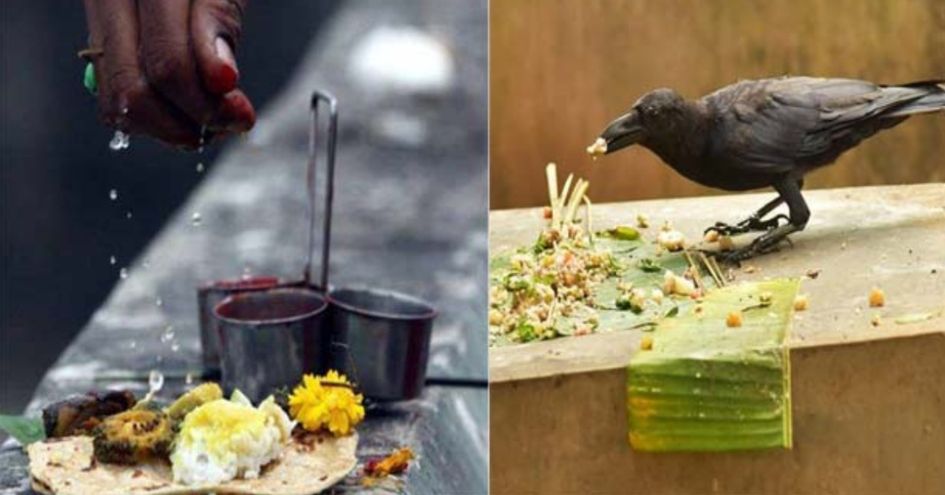
Worshipping the Feminine Energy
The month of Aadi is dedicated to the feminine energy and its worship. The female deities and forms of Goddess Shakthi, Mariamman, Kaaliamman, Badrakaliamman, Ambigai etc… are worshipped. In the month of Aadi every- Tuesday, Friday and Sunday are considered auspicious.
On Aadi Tuesdays / Aadi Chevvai, girls and women fast and worship the divine forms of Goddess Ambika, Shakthi, Parvathi or Durga by lighting lamps made from Rice flour or the rind of lime. In some parts of the state, this fasting tradition is also called “Avvai Nonbu”. Avvai nonbu is dedicated to the Tamil Saint and poetess Avvaiyar. Women observe fast and prepare Kolukattai (dumplings). Men are not allowed to participate or consume this Kolukattai.
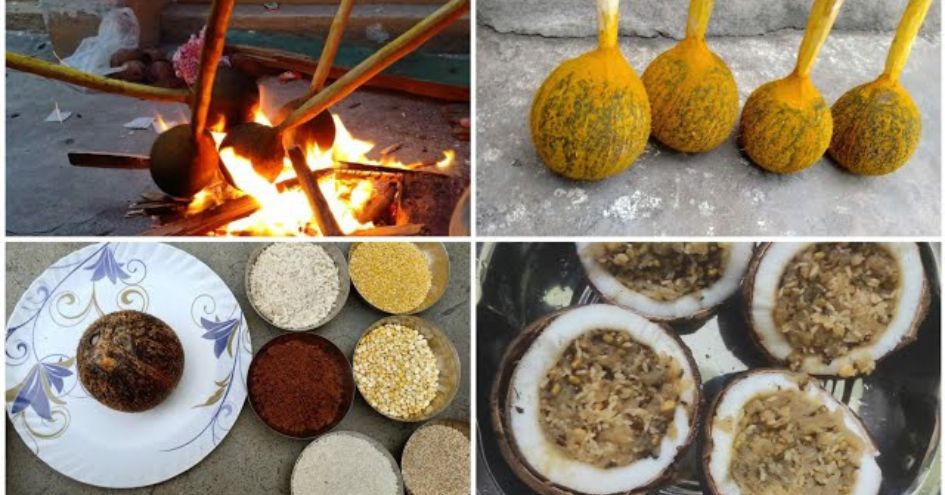
Every Friday of this month is considered auspicious and is called “Aadi Velli”. During Aadi Velli, the married women keep a Kalasha filled with turmeric water, adorned with neem leaves in their pooja room. They prepare different prasadam like lime rice, tamarind rice, coconut rice, curd rice etc… They worship the Kalasha and offer the prasadam to neighbours and poor people. The devotees, especially the married Sumangali women fast and offer prayers for their husband’s wellbeing.
The Aadi month is synonymous with Aadi Khool. The Khool is made from Ragi and is a famous offering this month. Aadi Sundays / Nyayiru are reserved for making and distributing Ragi Khool. This is a healthy food to boosts immunity and one’s wellbeing. Various Amman temples offer this Khool to all the devotees on Sundays as prasadam. Devotees who wish to participate, either donate to the temples or make Khool at home and distribute in the temples.
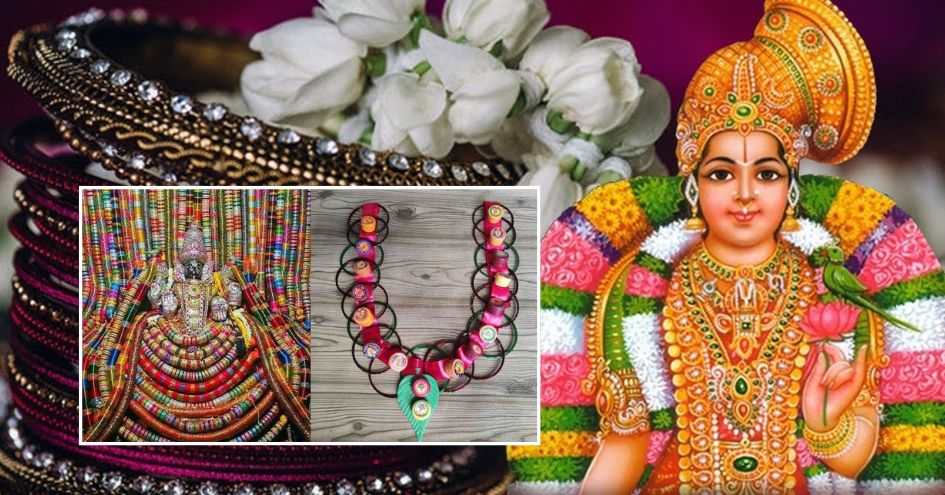
The Sumangali women also observe the Varalakshmi vratham in the month of Aadi. This is on a Friday before the full moon day. Special prayers and poojas are conducted in the homes. Prasadams are then distributed to the neighbours and family. Gifts such as bangles, turmeric, kunkum, and flowers are distributed to the sumangali ladies with the prasadam. The Varalakshmi Vratham is a fast observed by the Sumangali women for the prosperity and longevity of their husbands.
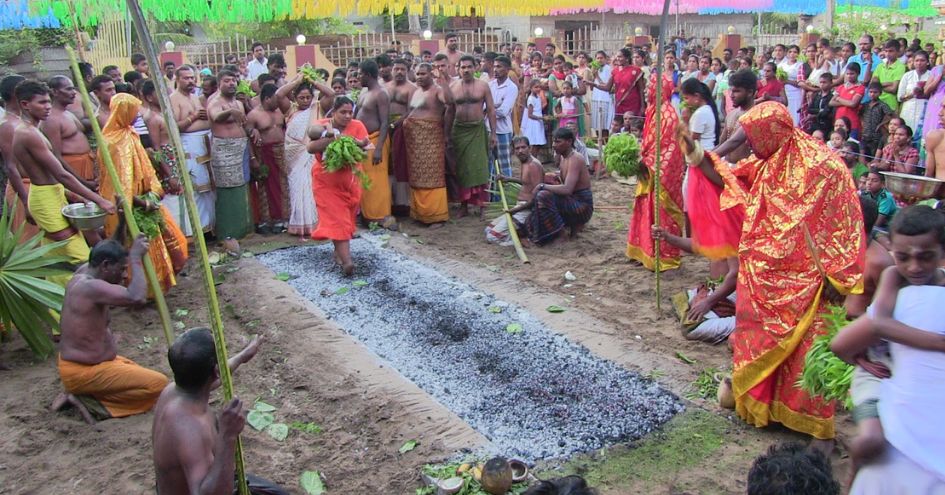
Aadi is also the month in which the temples dedicated to the incarnations of Goddess Shakthi celebrate the “Poo Mithi Thiruvizha”. The temples are decorated with neem leaves and flowers in a grand manner. Special poojas are conducted and divine music is played throughout the day. Long pathways are dug inside the temple premises and filled with burning charcoal. The devotees (both men and women) wear traditional clothes, fast on this day, apply turmeric paste, carry a pot (filled with milk) and walk on this burning charcoal pit. This burning fire pit is called Agni Gundam. Amazingly, the devotees (who had followed the rituals and fasted) always walked out of the burning pit without any burns.
The main reason for worshipping the feminine forms is because, during the month of Aadi, the sun’s path changes southwards towards the Tropic of Capricorn. Sun also transitions to the zodiac sign of Cancer / Kataka rasi. This time of the year, the feminine energy is at its best. That is why the feminine forms of Durga, Ambal, and Ambika are worshipped.
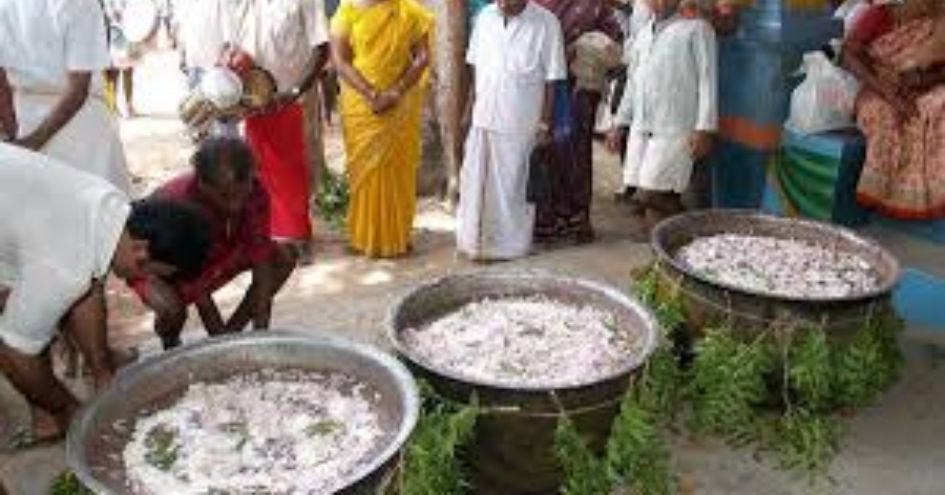
Also, the winds pick up causing many airborne diseases to spread. To prevent this, the divine forms of Ambigai, Durga, and Parvathi are worshipped by tying neem leaves at homes, on streets and in the temples. The neem leaves have medicinal properties. They curtail the diseases from spreading. People also apply turmeric to their bodies during many celebrations. Both Neem and Turmeric are excellent immunity boosters and have medicinal properties. Traditions like fasting, strengthen one’s immunity and prepare them for the monsoon and winter period ahead.
Aadi Pooram
Aadi Pooram is a significant day for the Vaishnavites. People celebrate this day as the birthday of Goddess Andal. Goddess Andal and her devotion towards the divine Ranganatha Swamy is well-known. It is a 10-day-long celebration in Vishnu temples. The last day is observed as Aadi Pooram and on this day, the marriage of Sri Ranganatha Swamy and Sri Andal are conducted. This marriage is called ‘Thirukalyanam’. Devotees offer lotus flowers, read Thirupavai and Lalitha Sahasranama and offer prasadams. Aadi Pooram is very elaborate at Srivilliputhur - The birthplace of Sri Andal.
Aadi Pooram is also significant in other temples as well. On this day, the devotees smear turmeric on their bodies, wear yellow clothing carry milk pots - Paal Kudam and offer milk to Ambal, Ambikai, Durga etc… Temples also celebrate this day by Offering Bangles to the Goddesses (like garland) and celebrate the day as “Valaikappu” for the divine mother. The temples distribute glass bangles to all the female devotees.
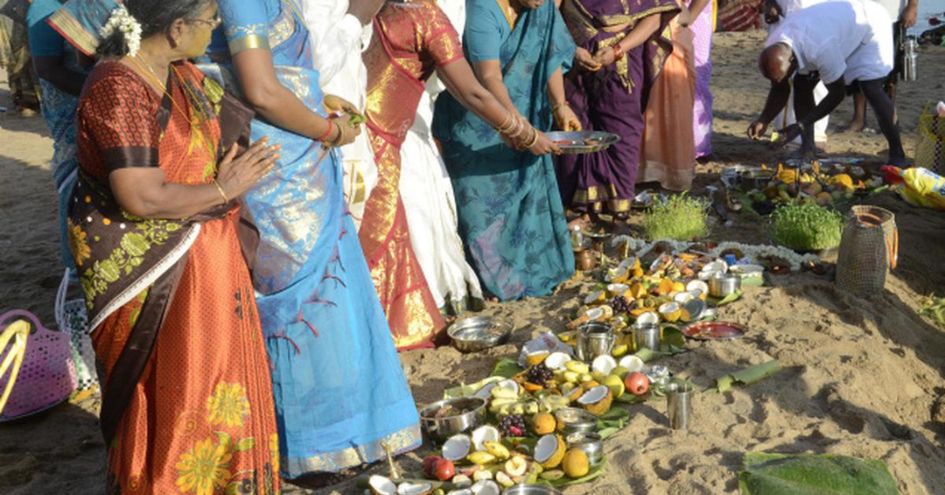
Aadi 18
Aadi 18, Aadi Parukku, Aadi Padinettam perukku is of great significance to the farming community. This day falls on the 18th day of the month of Aadi. In Tamil culture, people offer their gratitude and pay tribute to water - the sustaining source of life. People gather on river banks (especially on the banks of river Cauvery) or water sources near their place. They light lamps, offer flowers and prasadam and offer gratitude as a community. Unmarried girls offer black pearl seeds, and palm leaf earrings and seek blessings from the River Gods.
Aadi Ammavasai
Ammavasai is the new moon day. Aadi Ammavasai is a special day for Pitru Tarpanam or Ancestral worship. On this day, the ancestors are worshipped by offering prayers near the water bodies. People bathe in the water bodies and give Tarpana by offering food to their ancestors.
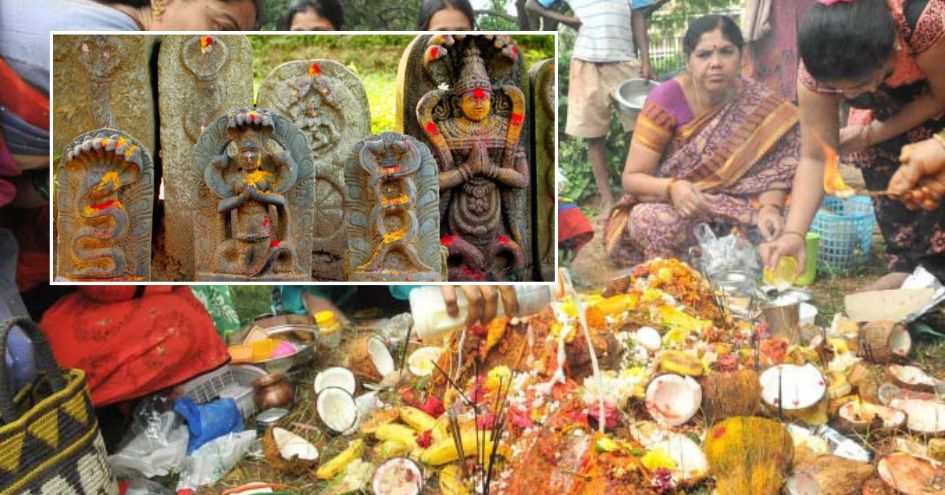
Garuda Panchami and Naga Panchami
The victory of Lord Krishna over the massive snake Kaalinga Naagam is celebrated as Naga Panchami. It is observed on the fifth day after the new moon during the month of Aadi. This is an auspicious day to worship the Naga Devas. On this day, women fast and offer milk and turmeric to the Naga Devas (snake idols). They also visit the Pambu Puthu ( Snake mounds - where snakes live) and pour milk ( Puthuku pal). Devotees believe that any Naga Doshas will get rectified and affliction from the snake planets in the Form of Raghu and Ketu will be nullified on this day.
Garuda Panchami is observed on the fifth day after the new moon during Aadi month. It is a celebration to honour the divine bird and Vahanam of Lord Vishnu - Garuda. This day is observed to seek blessings and protection of Garuda from negative and evil vibrations.
Aadi Krithigai
The Krithigai star is associated with Lord Muruga as it was the Karthigai stars who raised him. Aadi Krithigai/ Karthigai is considered auspicious day to worship Lord Muruga. Devotees fast and offer abishekam to Lord Muruga and chant the Kanda Sashti Kavasam. Lord Muruga protects his devotees and blesses them with health, prosperity and happiness.
But, if the month of Aadi had so many festivities and auspicious celebrations, Why were marriages avoided?
Our ancestors had such amazing foresight and wisdom. If the whole village community was involved in sowing the seeds (during this month) then who had time to attend weddings? If the village temples were busy celebrating Amman festivals, then who would conduct weddings? When all the households were fasting and observing many rituals and spiritual practices, who would have time to attend or plan a wedding? All these are the reasons for avoiding weddings during this month. Thus, Aadi month was specifically crafted to pause and deepen one’s spiritual experience and to build essential immunity for the coming cooler months.
But sadly, the month of Aadi in contrast with the past, has been reduced to a season for insane discounts where one simply indulges on shopping sprees!
 Vaishnavi Gurusankar is a passionate educator, a wife and a mother. She has over a decade of experience as an educator and has been closely working with teachers and children of all ages. She is also an active parenting blogger and founder of Magical Unicorn, an exclusive parenting blog founded on Indian ethos, values and stories at its core. She has also authored the book "Bharatyam : Science behind Hindu Practices & Way of Life"
Vaishnavi Gurusankar is a passionate educator, a wife and a mother. She has over a decade of experience as an educator and has been closely working with teachers and children of all ages. She is also an active parenting blogger and founder of Magical Unicorn, an exclusive parenting blog founded on Indian ethos, values and stories at its core. She has also authored the book "Bharatyam : Science behind Hindu Practices & Way of Life"
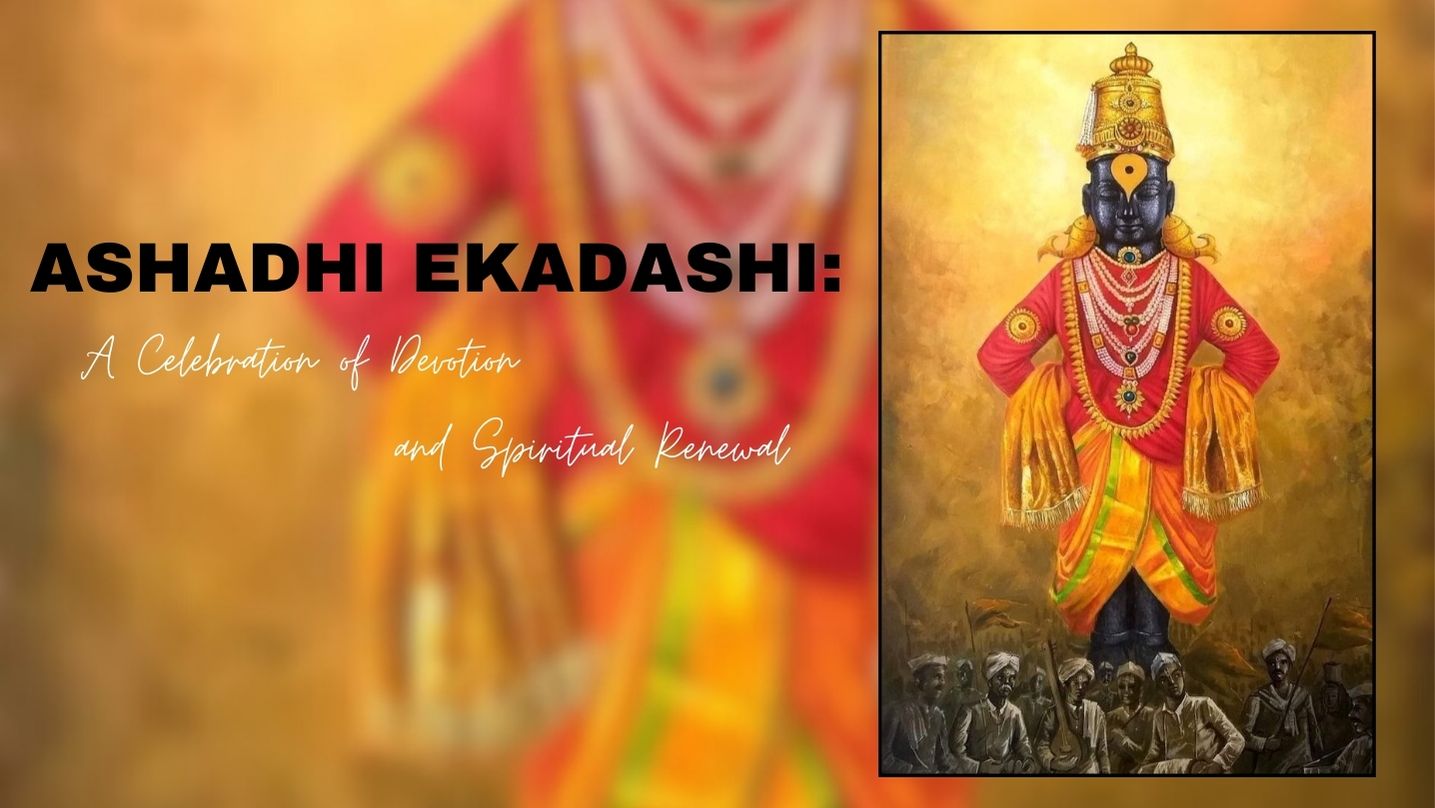
Ashadhi Ekadashi, also known as Shayani Ekadashi, falls on the 11th lunar day (Ekadashi) of the bright fortnight (Shukla Paksha) of the Hindu month of...
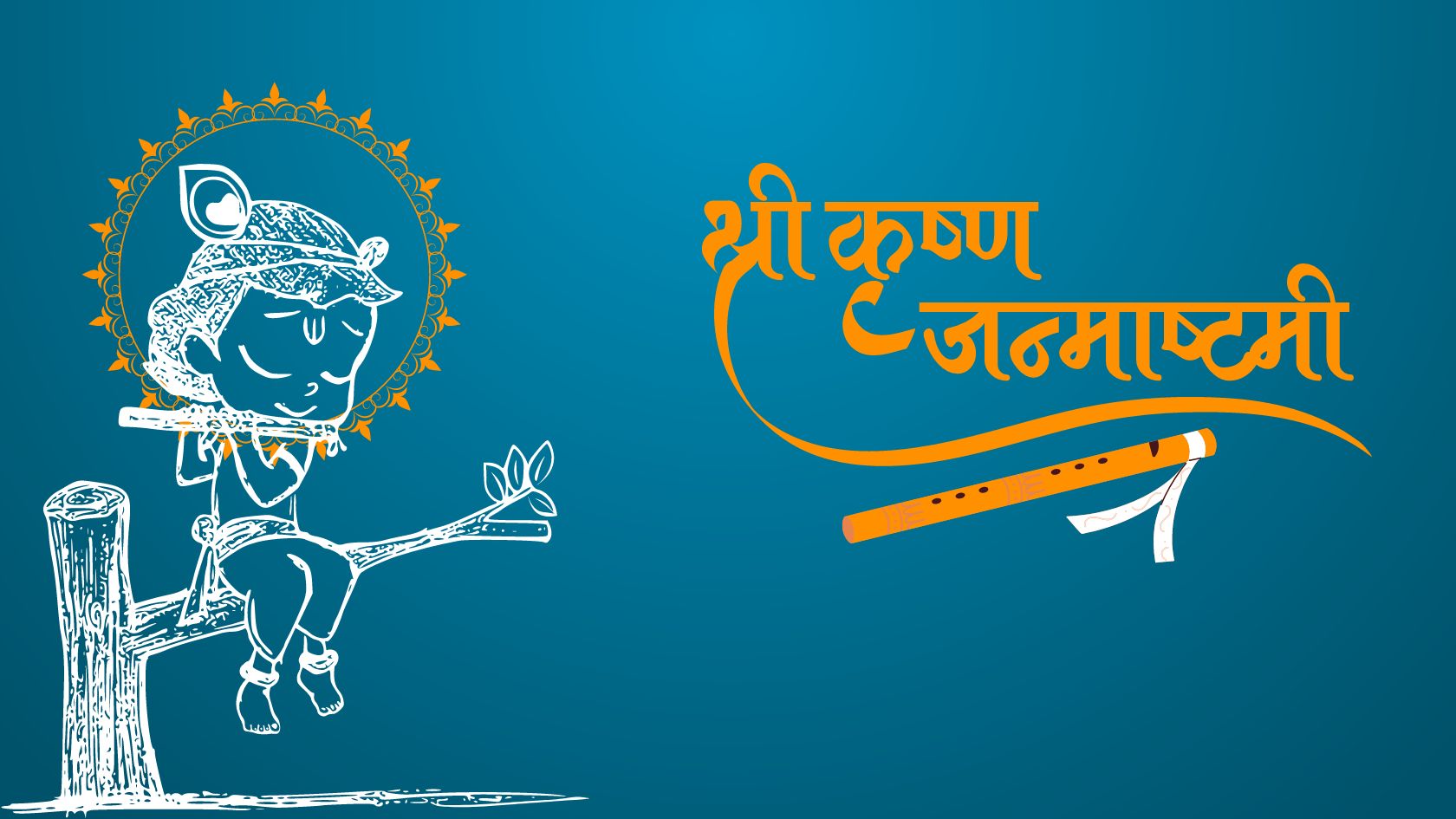
Every year, as the monsoon rains dance on the fields of India, an ancient story unfolds in the hearts of millions. It is the story of Krishna, the bel...
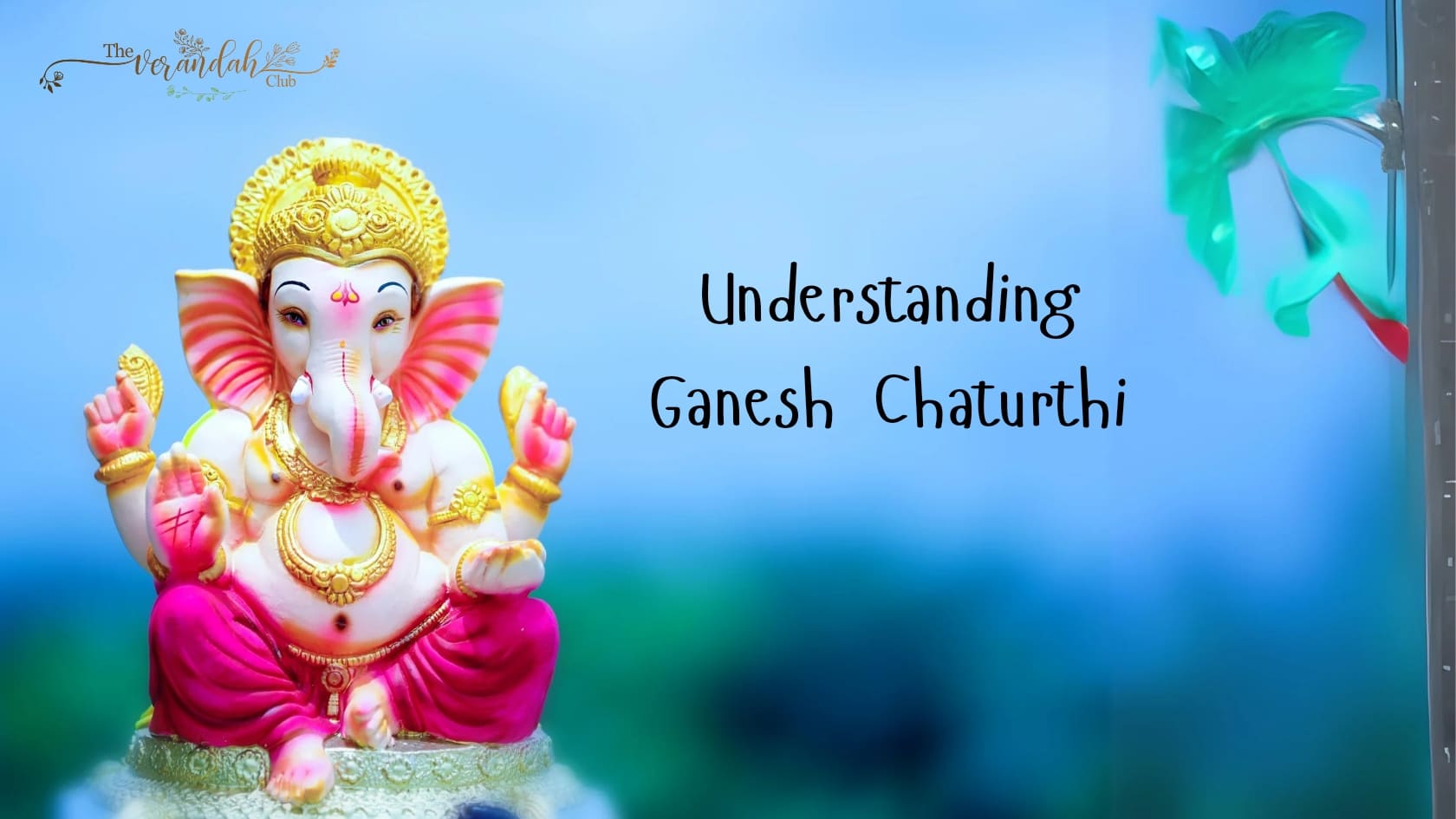
Ganesh Chaturthi, also known as Vinayaka Chaturthi, is a significant Hindu festival that honors Lord Ganesha, the deity revered as the remover of obst...